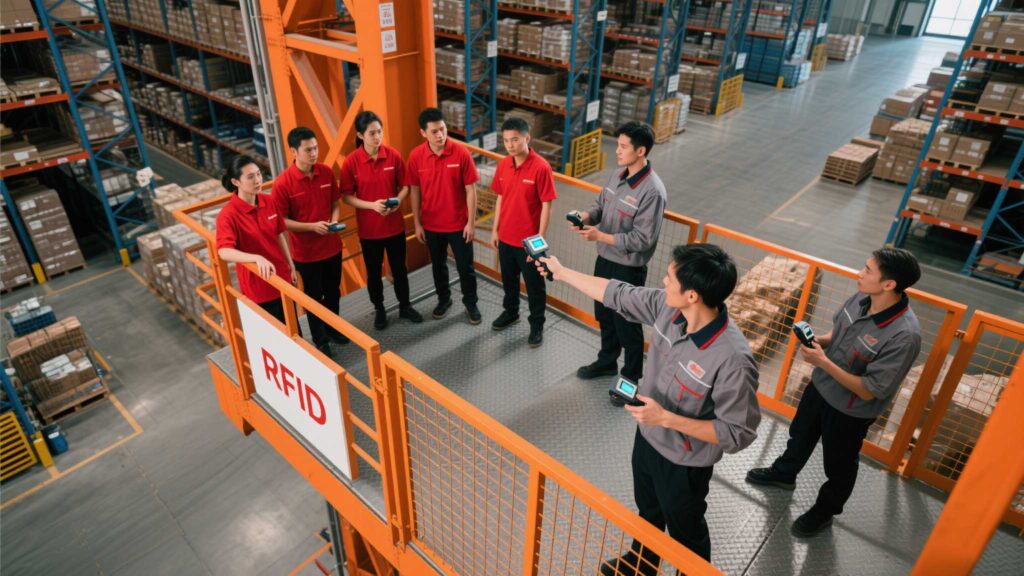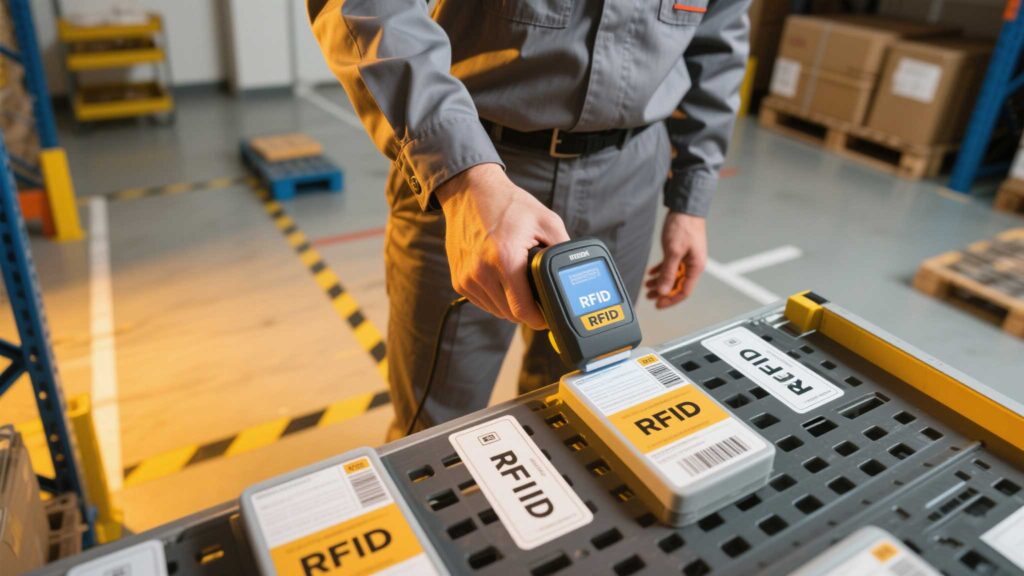What Are the Best Practices for Maintaining RFID Handheld Devices?
381Learn the best practices to maintain RFID handheld devices for longevity and performance. Discover cleaning, firmware, and battery care tips for seamless operations.
MoreAll RFID Product
Handheld RFID scanners can revolutionize inventory management—if your team knows how to use them. Without proper training, even the best tech becomes a source of frustration and costly mistakes. Here’s how to turn skeptics into experts, whether your crew works in a warehouse, hospital, or retail store.
Before handing out scanners, clarify how RFID improves their daily work:
Pro Tip: Share real-world examples. A retailer using Cykeo scanners reduced stocktake labor by 70%, freeing staff for customer-facing tasks.

Avoid overwhelming your team. Structure sessions around core tasks:
Keep It Interactive: Let trainees scan sample items (e.g., tagged boxes, tools) during demos.
Create exercises that mirror daily challenges:
Gamify It: Offer small rewards (e.g., coffee cards) for fastest accurate scan times.
Prevent these rookie errors from becoming habits:
Fix It Together: Role-play scenarios where scans fail, and guide the team to solutions.

Create a quick-reference guide for common issues:
| Problem | Quick Fix |
|---|---|
| Scanner won’t turn on | Check battery charge; try a different charger |
| Tags not reading | Clean the scanner antenna; check tag placement |
| Data not syncing | Restart the scanner; check Wi-Fi/cable connection |
Note: Laminate copies and post them in high-traffic areas like charging stations.
Training doesn’t end after day one. Reinforce skills with:
Track Progress: Use scan accuracy rates and speed metrics to identify who needs extra help.
Most brands offer free training tools:
Takeaway: Effective RFID training blends clear communication, hands-on practice, and ongoing support. By focusing on real-world tasks and preempting common pitfalls, you’ll empower your team to work smarter—not harder. Remember, even the most user-friendly scanners, like Cykeo’s intuitive models, require patience and practice. Celebrate small wins, iterate based on feedback, and watch confidence (and efficiency) soar.
Learn the best practices to maintain RFID handheld devices for longevity and performance. Discover cleaning, firmware, and battery care tips for seamless operations.
MoreRFID toll gate systems have become vital tools for digitalized traffic management.
MoreLearn how to program RFID tags with this visual guide. Master data encoding, security setup, and integration using Cykeo tools. Perfect for logistics and IoT projects.
MoreDiscover Cykeo's 3 proven methods to overcome RFID metal interference. Learn how our UHF readers achieve 99% accuracy in steel plants, oil rigs & automotive factories.
More